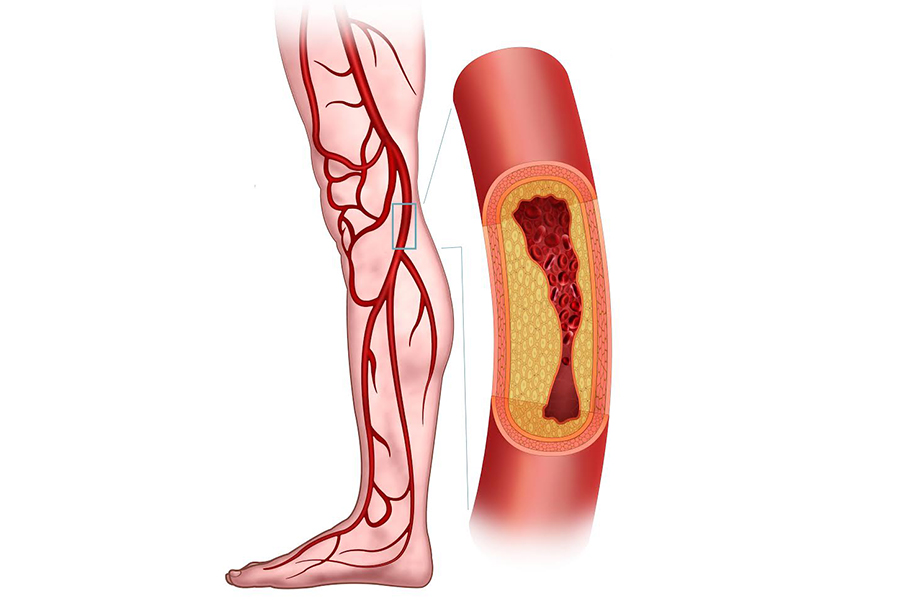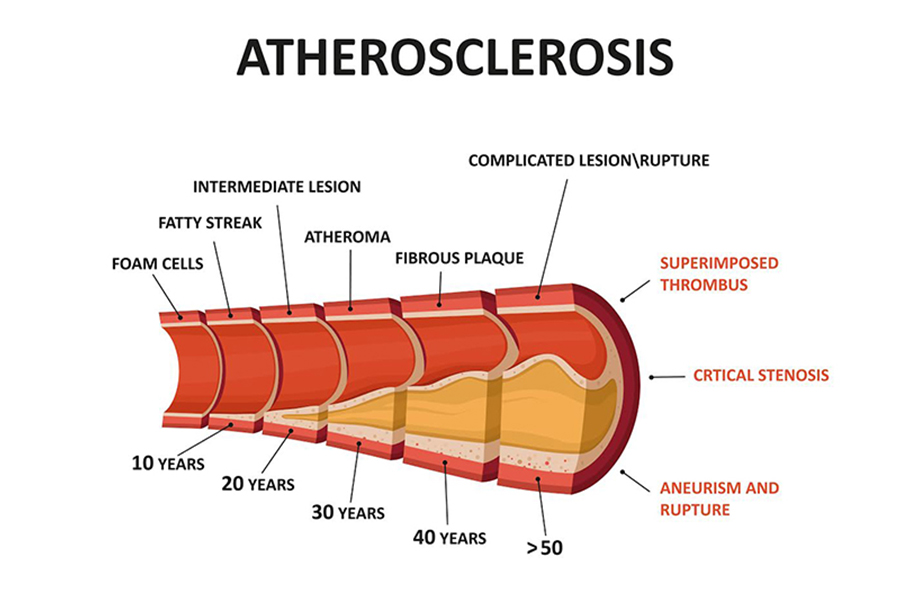(PAD) Conditions
If you have PAD, blood flow to the arms, legs, kidneys and other vital organs can be limited. Without enough oxygen-rich blood, nerves and tissues in these areas can be injured. That’s why, if you have PAD in your legs, it can make walking very difficult; you might have painful cramping or numbness. The lack of blood in the legs can also make infections more likely. In extreme cases when lack of blood flow has been prolonged, muscles and tissue can die and cause some people to need to have their leg amputated, or surgically removed.
What are the signs and symptoms of PAD?
The classic symptom of PAD is pain in the legs with physical activity, such as walking, that gets better after rest. However, up to 4 in 10 people with PAD have no leg pain.1 Symptoms of pain, aches, or cramps with walking (claudication) can happen in the buttock, hip, thigh, or calf.
Physical signs in the leg that may indicate PAD include muscle atrophy (weakness); hair loss; smooth, shiny skin; skin that is cool to the touch, especially if accompanied by pain while walking (that is relieved by stopping walking); decreased or absent pulses in the feet; sores or ulcers in the legs or feet that don’t heal; and cold or numb toes


